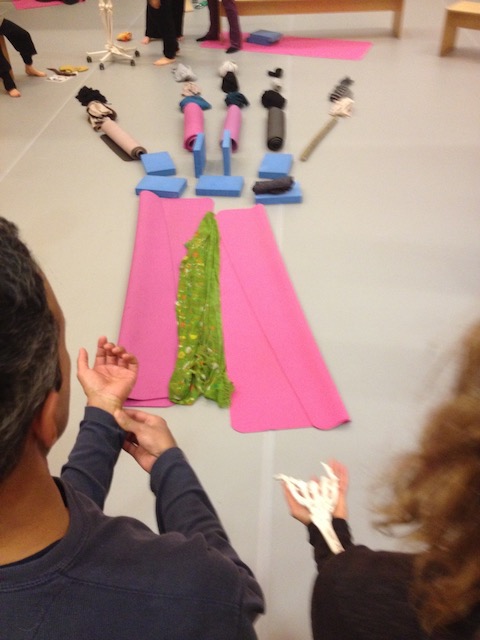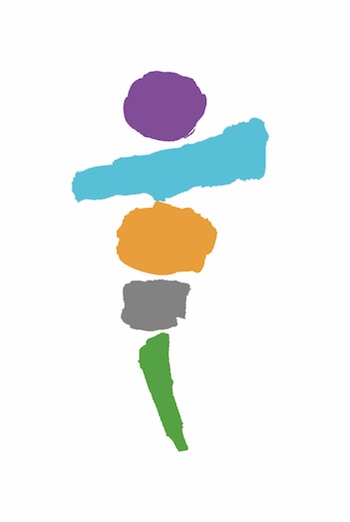Perhaps one of the most disorienting aspects of the current changes we’re all experiencing to our lives is the loss of some of the structures that have held us – the routines, timetables, groups, places and buildings that we may have become used to. As we adjust to life temporarily without these experiences it can be easy to miss how much we have relied on these structures for stability. It can subtly tip us off-balance when they are not there any more. An obvious and intuitive response is to put in place new structures – a new daily schedule, to-do lists, new groups or classes to join – all of which hold us in some ways like scaffolding around our lives.
Our bodies provide an innate resource to which provides stability – specifically in the skeletal structure. You probably already have a sense of your skeleton as it is one of the most clearly perceived aspects of the body, even though we cannot usually see it.
Exploring with self-touch
To start embodying your skeleton, you might first find some of your bones by touching them. You can start anywhere, using your fingertips simply as sensors to locate and trace your bones. As you go on, you might notice more details in the bony landscapes – ridges, bumps, spirals, grooves, bulges and others. Finding the bones is like map-making. You might tap the bones, run your fingers along them, finding how they move along bony surfaces. Doing this you might notice that your skeleton feels like it starts to emerge from your flesh. Pause for a while to see how it feels before going on. You don’t even need to do this all over your body for your whole skeleton to start to become more conscious so perhaps concentrate at first one one area, like an arm or a leg.
Once you have a greater sense of your skeleton, you might stand and let its structure support your weight. Notice if you can gently invite any places which are tense to be supported by your skeleton – this should help them, and you, relax.

Exploring through movement
You might then explore moving your skeleton, noticing that you can re-arrange its structure, before pausing again. Continue going between moving your skeleton and pausing to find stability. Let this be a kind of moving meditation. You might even start to move a little off-balance, tipping your weight just a little, before finding stability again.
After you have explored, rest and reflect on what this embodied experience holds for you. How does structure support you? How easily can you be with structure or be without it? Whatever your response, it will tell you something about your relationship to your own structure as well as your needs for structures outside yourself.
